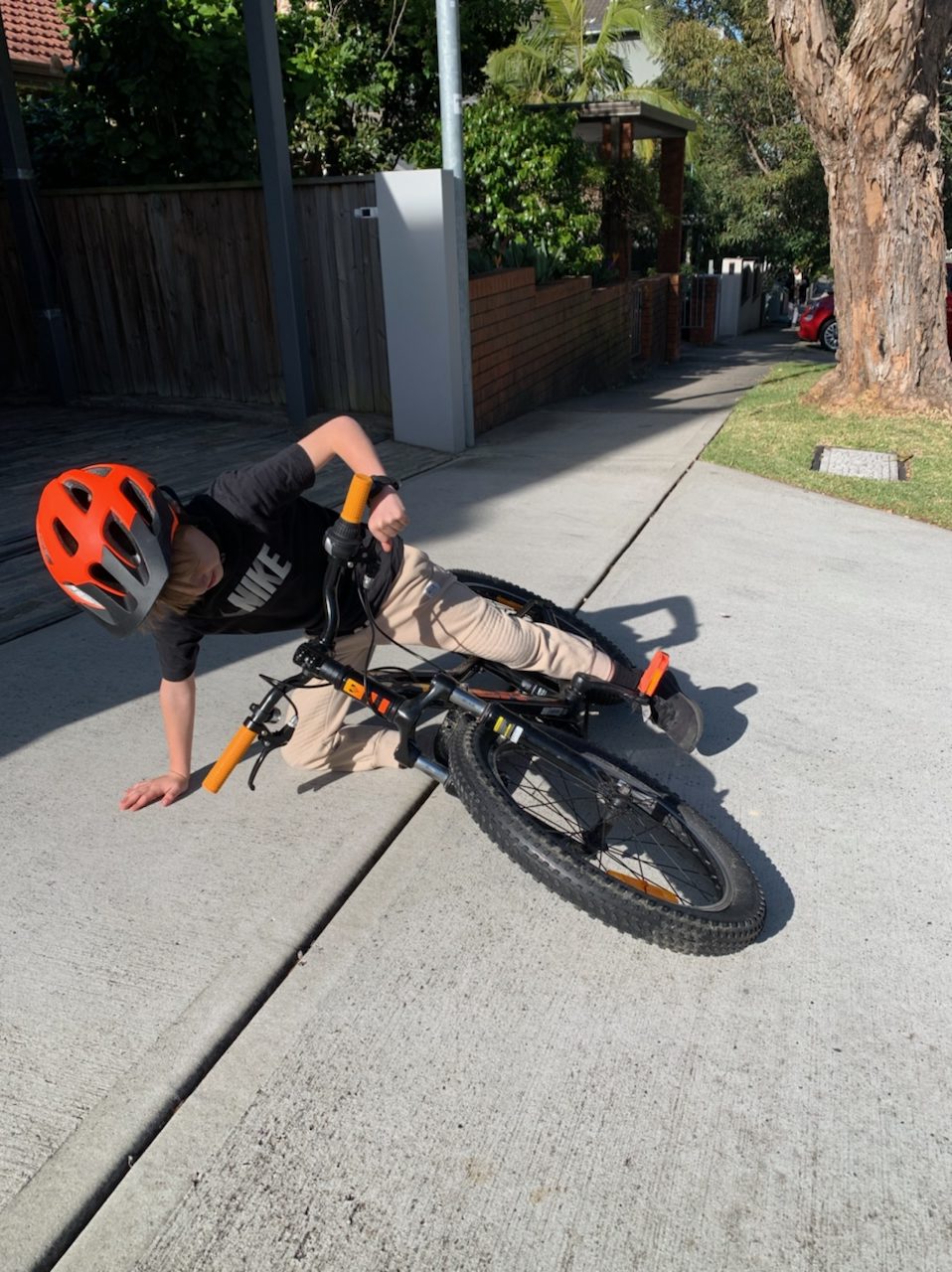Handwriting is a complex, multifactorial activity involving the interplay between the student, their environment and the demands of the writing task itself. Writing is a medium through which we can communicate and express our creativity therefore a breakdown in any one of these factors can cause difficulties for the student.
There are a number of reasons why children may require handwriting assessment and interventions. Preexisting medical conditions, upper limb injuries/conditions and learning difficulties can all impact on a child’s ability to participate in writing tasks. Problems with handwriting can stem from various causes such as language deficits, visual spatial issues, fine motor issues or a combination of these. A child may experience difficulties with coordinating hand movements to grasp a pen or pencil and form individual letters, have speed and legibility issues or limitations in their ability to concentrate and attend to the writing activity. Environmental factors such as having the correct seating, desk and writing equipment can also play a part.
When assessing a child’s handwriting it is important to consider;
- The organisation of the writing sample eg. Adherence to lines, letter orientation, letter size and letter spacing.
- Underlying components that may influence handwriting performance eg. Pencil/pen grip, pressure/tension of grasp, paper positioning, posture, letter formation, fine motor ability and general fluency of movement.
- Handwriting speed eg. Comparing scores with normative data for certain ages and gender.
- Classroom observations (Workstation set-up, behaviour and a review of the child’s bookwork)
- Quality of written material when comparing writing from memory, near point copying, during dictation and composition
There are a number of standardised assessments that are used to assess handwriting that all focusing on slightly different aspects of the task. Depending on the presenting issues or reason for referral the therapist will decide on what assessment is most appropriate to use.
Issues identified during the assessment and observation phase are then used to set goals for therapy and guide what intervention/s may be appropriate.
Handwriting interventions can include;
- Use of prompting (both visual and verbal) regarding pen/pencil grasp, line spacing or letter formation
- Use of slope boards and pencil grips to improve pen/pencil grasp and upper body posture
- Use of paper templates and guides for writing practice
- Fine motor activities and strengthening to improve dexterity and overall hand function
- Use of technology such as tablet Apps to make writing practice fun and engaging
- Trial and prescription of various modified pens and pencils to enhance grasp and hand control
Sometimes observations are made during handwriting assessments that identify the need to refer on to other health professionals. Issues with attention, language, or general learning and development difficulties may require a referral to a paediatrician, a speech pathologist or an occupational therapist for further review and more specialised intervention.
It is important that the cause of handwriting difficulties is identified and addressed as early as possible, in order to enhance a child’s participation in classroom activities and ultimately their capacity for learning, communication and self-expression.
Schwellnus, H., Carnahan, H., Kushki, A., Polatajko, H., Missiuna, C. and Chau, T. (2012), Effect of pencil grasp on the speed and legibility of handwriting after a 10-minute copy task in Grade 4 children. Australian Occupational Therapy Journal, 59: 180–187
Wallen, M., Duff, S., Goyen, T.-A. and Froude, E. (2013), Respecting the evidence: Responsible assessment and effective intervention for children with handwriting difficulties. Australian Occupational Therapy Journal, 60: 366–369
Ziviani, J. and Watson-Will, A. (1998), Writing speed and legibility of 7–14-year-old school students using modern cursive script. Australian Occupational Therapy Journal, 45: 59–64





